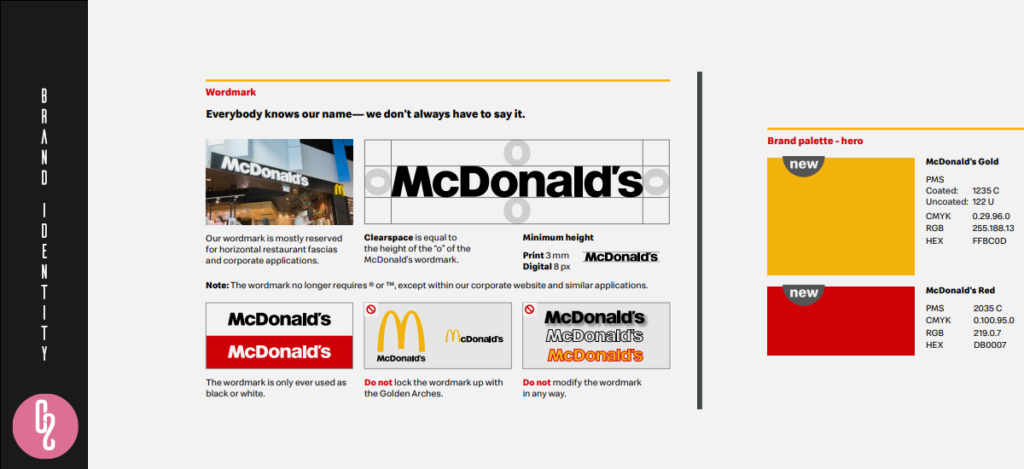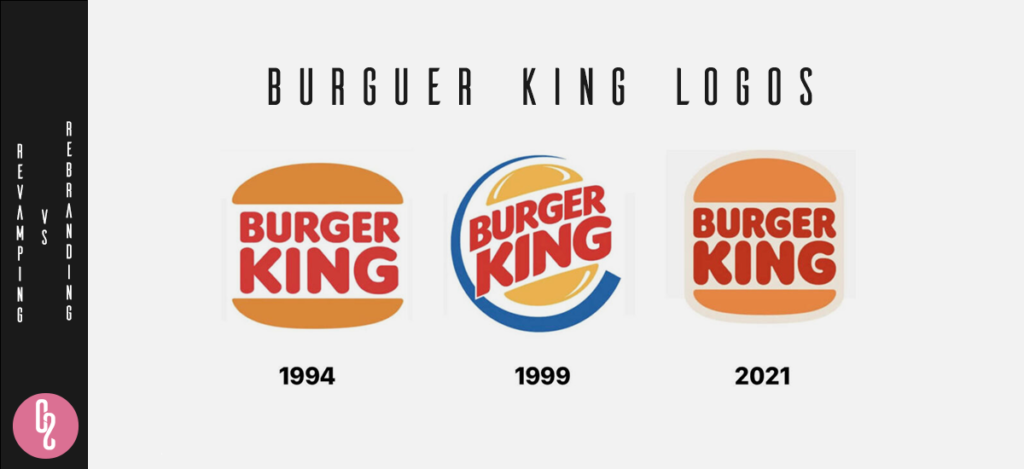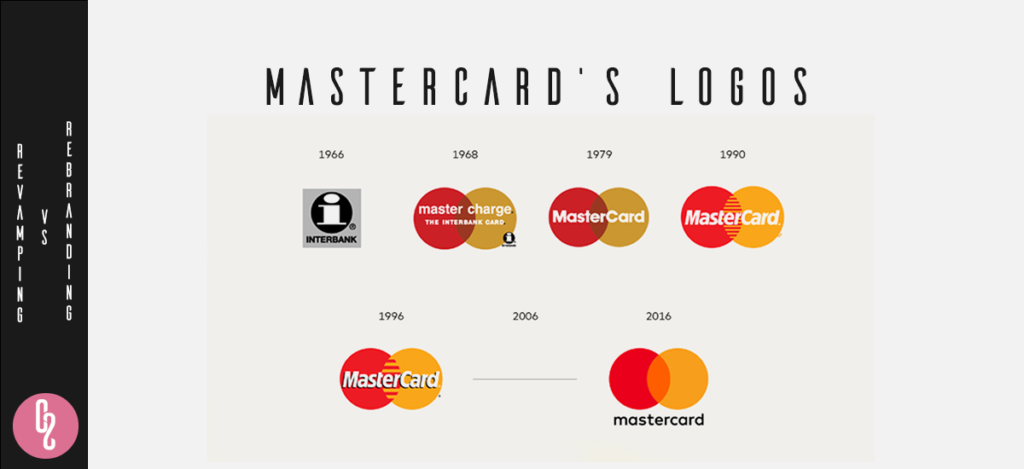Does your website need a change? Are you considering a revamp or a rebrand? If so, it’s important to understand the differences between the two.
In today’s digital age, having an effective online presence is crucial for businesses of all sizes. A website serves as your brand’s digital storefront, and its appearance and functionality can significantly impact user engagement and conversions.
It’s essential to evaluate the current state of your website regularly to determine if it still meets your business goals and the expectations of your users. This consideration can lead you to explore the options of rebranding or revamping to align your online presence better with your evolving objectives.
Additionally, understanding your target audience is key to informing your decision. A clear grasp of who your audience is, what they want, and how they interact with your website will help guide the direction of your changes.
As you navigate your options, consider collecting feedback from your users. Surveys or usability tests can provide valuable insights into what elements of your website are working well and what areas need improvement.
Revamping and rebranding involve making changes to your website, but the approaches are very different.
To help you decide which route is best for your website, this blog post will discuss the critical differences between revamping and rebranding, as well as provide some tips on when to choose one over the other.
So if you want to make significant changes to your website, read on to find out if rebranding or revamping is the right choice.
The Difference Between Rebranding and Revamping
Rebranding is not just about aesthetics; it’s about repositioning your brand in the market. For example, a company like Dunkin’ Donuts rebranded itself to simply Dunkin’ to emphasize its beverages over donuts, reflecting changing consumer preferences.
Furthermore, think about other successful rebranding examples such as Airbnb, which transitioned from a small startup to a global brand by emphasizing unique travel experiences. This shift required a complete overhaul of their branding strategy and visual identity.
When making changes to your website, you may wonder what the difference is between rebranding and revamping. Let’s discuss both of them below:
- Rebranding
Rebranding your website gives it a new look and feel and changes its name, logo, and other visual elements. For rebranding, it’s important to create a brand strategy first. This will involve creating a website’s mission statement, values, and goals.
Consider a website revamp as a way to modernize your existing structure without losing the foundational elements that your users are accustomed to. For instance, a website can undergo a facelift with improved navigation and mobile responsiveness, enhancing user experience without altering the core brand identity.
Moreover, keeping your content fresh and relevant is essential for maintaining user engagement. Regular updates and enhancements can lead to increased traffic and better SEO performance, which is vital for any online business.
Once you know what direction you want to take, you can begin designing a logo and other visuals. It would be best if you also thought about creating content that reflects the new brand image.

- Revamping
On the other hand, revamping focuses on improving existing features rather than changing them entirely. When revamping, you can focus on making small changes that make a big difference.
This includes updating outdated content, improving user experience, and adding new features. Consider changing the design by changing the color palette, fonts, and layout.
For instance, if your business has evolved and now offers additional services, revamping your website can provide an opportunity to highlight these new offerings without a complete rebranding.
Consider the tech industry, where companies frequently update their websites to showcase new products and innovations. A revamp not only keeps the website looking modern but also ensures that it accurately reflects the latest advancements and offerings.
It’s essential to monitor industry trends and adapt accordingly. For example, if competitors are adopting a new design style or feature, it might be a signal for you to consider a revamp to remain competitive.
Additionally, improving site speed and performance can significantly affect user retention and conversion rates. A revamp can address these technical aspects, ensuring that users have a seamless experience.
Lastly, when considering a revamp, think about integrating modern functionalities such as chatbots or enhanced analytics tools. These upgrades can provide a significant boost to user engagement and operational efficiency.


Why Might You Rebrand Your Website?
Rebranding your website can be a great way to keep up with the changing landscape of your industry and stay competitive in the online market.
SEO strategies also play a crucial role in determining whether to rebrand or revamp. A website that falls short in SEO rankings may benefit from a comprehensive overhaul to improve visibility and reach more potential customers.
In conclusion, both rebranding and revamping are valid strategies that can help your website meet the needs of your business and its audience. By carefully assessing your goals and the current state of your website, you can make an informed decision that supports growth and success.
It might be time for a rebrand if your current website no longer accurately reflects your brand, mission, or values.
Rebranding could be the best way to keep up if your website needs to remember the latest trends in design, technology, or user experience.
Rebranding is also beneficial if you’ve changed your product or service offering and want to ensure that your website accurately reflects that.
Why Might You Need to Revamp Your Website?
If your website needs to be updated and be able to keep up with the current design trends, it may be time for a revamp. You should update the look of your site to ensure it’s visually appealing and easy to navigate.
A revamp can also help make sure your website is mobile-friendly, which is increasingly important in today’s digital landscape.
You can also revamp your site to improve usability or add new features, such as an e-commerce store.
Finally, a revamp could help you get better SEO performance, as a well-designed website can help you rank higher on search engine result pages.
Conclusion
When deciding whether you should rebrand or revamp your website, it is important to consider all the factors involved.
Rebranding is typically a bigger undertaking requiring more resources and a longer timeline. Revamping, on the other hand, is a much simpler process that can often be completed in a shorter amount of time.
Depending on your goals and objectives, either strategy can be an effective way to refresh your website and create a better customer experience.
Ultimately, deciding which path to take will depend on your specific needs and budget.








